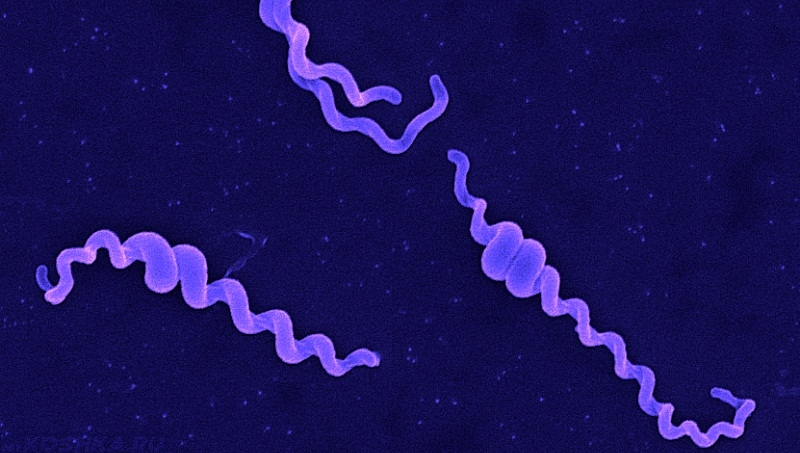Market Overview:
Allergy treatment includes products such as antihistamines, decongestants, corticosteroids, Mast cell stabilizers, immunotherapy, monoclonal antibodies and others for the management of allergy diseases. Allergy diseases like allergic rhinitis, food allergies, asthma, atopic dermatitis and others have seen a significant rise globally. Rises in air pollution levels and changes in lifestyle and environment are attributed to the increasing prevalence of allergies. Allergy management involves reducing exposure to allergens and symptoms relief through medications. Antihistamines are commonly used over-the-counter drugs for treating symptoms like sneezing, nasal congestion and itching associated with allergic rhinitis. Corticosteroids provide relief from nasal inflammation and mast cell stabilizers prevent mediators release from mast cells. Immunotherapy or allergy shots aim to build tolerance against allergens through gradual exposure.
Market Key Trends:
One of the key trends in the allergy treatment market is the strong pipeline of immune therapy products for different allergy types. Stallergenes Greer and DBV Technologies are developing innovative sublingual immunotherapy tablets to treat grass and peanut allergies respectively. Nanologix and Allergy Therapeutics are developing novel pollen allergy vaccines. Adjuvant technologies are also emerging to enhance efficacy and safety of immunotherapy. Monoclonal antibodies represent a major treatment area, with products like Dupixent approved for treating eczema and asthma. Blockbuster drugs like Xolair and Nucala have significant markets for treating allergic asthma. Technological advances in allergen identification and precision diagnostic tools are enabling customized treatment approaches. Telehealth solutions and home-based treatment devices are gaining prominence especially during the pandemic, driving home healthcare segment in allergy management.
Porter’s Analysis
Threat of new entrants: The allergy treatment market requires huge investments in R&D for developing new products. Also, the regulations are strict which increases the entry barriers.
Bargaining power of buyers: The bargaining power of buyers is moderate as there are several established brands in the market supplying substitutes. Buyers can switch between brands based on prices.
Bargaining power of suppliers: The suppliers have moderate power as they supply common raw materials. Suppliers may find alternative customers in other therapeutic areas in case of disputes.
Threat of new substitutes: The threat of new substitutes is moderate as it is difficult to develop new therapies. However, lifestyle and herbal products are emerging as substitutes.
Competitive rivalry: The market is competitive with presence of global as well as local players. Companies compete based on new products, pricing, and marketing.
Key Takeaways
The Global Allergy Treatment Market Demand is expected to witness high growth, exhibiting CAGR of 6.4% over the forecast period, due to increasing pollution levels, changing lifestyle and climate changes.
The North America region is expected to dominate the global market owing to increasing healthcare expenditure and rising awareness about allergy treatments. Asia Pacific is anticipated to exhibit the fastest growth due to growing medical tourism and rising disposable income.
Key players operating in the Allergy Treatment market are Stallergenes Greer PLC, Sanofi SA, Novartis International AG, Dermapharm Holding SE, Leti Pharma, Johnson & Johnson, GlaxoSmithKline PLC, Nicox SA, F. Hoffmann-La Roche Ltd., Allergy Therapeutics PLC, AbbVie Inc. (Allergen), Bausch Health Companies Inc., Teva Pharmaceutical Industries, ALK-Abello AS, and Alembic Pharmaceuticals Limited, among others.
Note:
- Source: Coherent Market Insights, Public sources, Desk research
- We have leveraged AI tools to mine information and compile it



